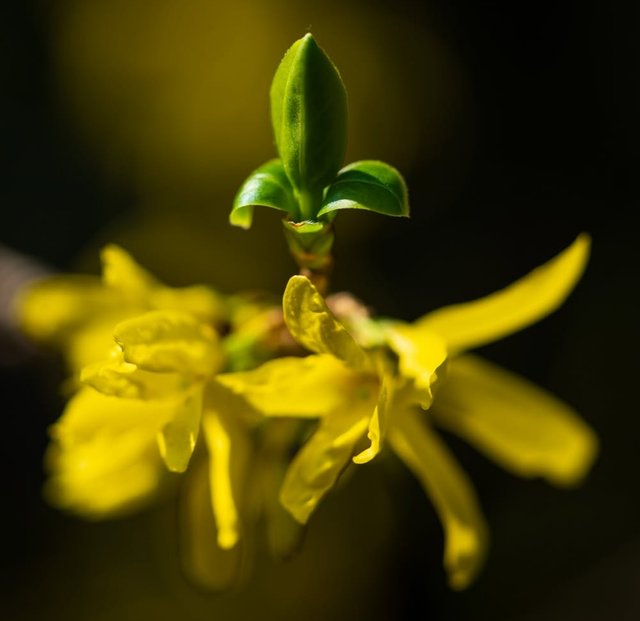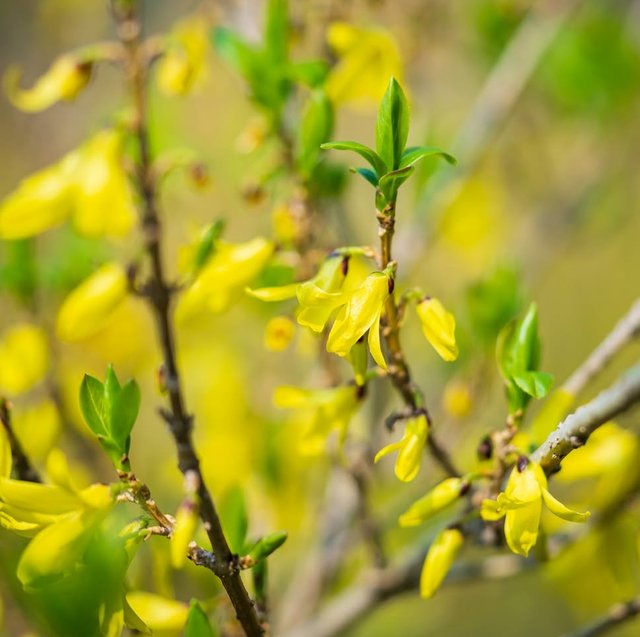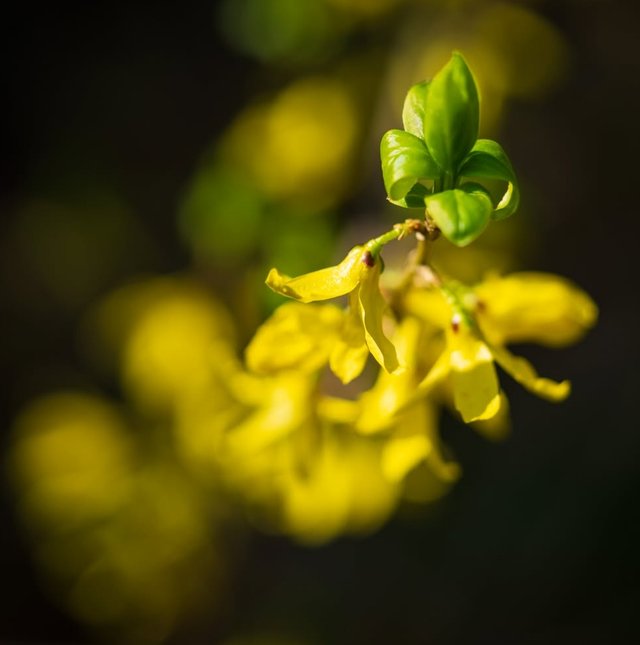So Beautiful Forsythia Koreana Flower
Forsythia koreana: A Golden Herald of Spring
Among the many ornamental shrubs that announce the arrival of spring with a dazzling display of color, Forsythia koreana stands out as a radiant symbol of seasonal renewal. Native to Korea, this hardy deciduous shrub is beloved not only for its brilliant golden blooms but also for its adaptability, low-maintenance nature, and cultural significance.
Botanical Profile
Scientific name: Forsythia koreana
Common names: Korean Forsythia, Golden Bell
Family: Oleaceae
Origin: Korea
Height and Spread: Typically 6 to 10 feet tall and wide
The Beauty of Early Bloom
Forsythia koreana is one of the first plants to bloom in late winter or early spring, often before the leaves even appear. The shrub becomes cloaked in vivid yellow flowers that cling to arching stems, creating a dramatic and cheerful display against the still-dormant landscape.
Each flower is bell-shaped with four distinct lobes, and when massed together, they can transform an ordinary hedge or garden border into a glowing golden beacon. These flowers not only brighten gardens but also serve as a valuable early nectar source for pollinators just emerging from winter.
Cultural and Horticultural Significance
In Korea, where Forsythia koreana is native, the plant is deeply intertwined with seasonal traditions. Its bloom often coincides with national holidays like Samiljeol (Independence Movement Day, March 1), and it's commonly planted in both public parks and private gardens to symbolize the spirit of endurance and the beauty of renewal.
Horticulturally, Korean Forsythia is prized for its resilience and ease of care. It thrives in a range of soils, tolerates urban pollution, and is generally resistant to pests and diseases. Once established, it requires minimal watering, making it suitable for eco-conscious and low-maintenance gardening.
Growing and Caring for Forsythia koreana
If you're considering adding Forsythia koreana to your landscape, here are some care tips:
Light: Prefers full sun for best flowering, but can tolerate partial shade.




Thanks For Reading
Device Information
| Device | cannon eos 700D |
|---|---|
| Lens | 55-250 zoom leans |
| Location | Bangladesh |
